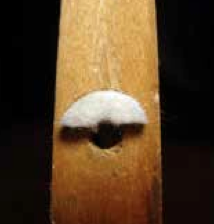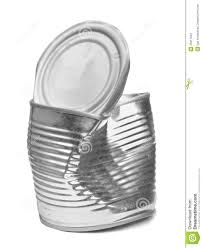One of my favorite verbal prompts to students who have a choppy approach to scales and arpeggios, is: “drag” your fingers from note note–“feel” the weight transfer with imagined resistance. I often talk about flowing “vowels” not consonants through an arpeggio.
Other mental images are equally effective: Think of the piano as a bowl of honey or molasses as you play through it. Avoid a top layer, thin, transparent sound. I’m known to resoundingly nix any semblance of tracing paper. (There I go with mixed metaphors that nonetheless register when students are trying to achieve playing “density.”)
And of course, it helps to have a cooperative piano–one that has some resistance built in re: the down weight, after touch, let-off. I’ve been dealing with this very issue as my Steinway grand’s regulation is on HOLD. The punchings that were cut beneath the notes, in conjunction with some other applications, created a piano with barely any friction or resistance to create a seamless legato, so I’ve retreated to the brand new Baldwin that has this capacity. Updates on Steinway M will be reported as they occur. I’m happy to report that first stage improvement is in progress and it’s going to be a long haul.
in conjunction with some other applications, created a piano with barely any friction or resistance to create a seamless legato, so I’ve retreated to the brand new Baldwin that has this capacity. Updates on Steinway M will be reported as they occur. I’m happy to report that first stage improvement is in progress and it’s going to be a long haul.
Back to producing a seamless legato on pianos that have at least minimum potential. As it played out, my long distance ONLINE Fresno student had to psyche out her Baldwin Acrosonic when a voicing issue intruded. An F# in the bass range sounded like a tin can bouncing off a kitchen counter, so we had to deal with subduing the note through an F# minor arpeggio in contrary motion. The very process of avoiding an attack on the vulnerable F# invited attentive listening and a semblance of muscle memory.
so we had to deal with subduing the note through an F# minor arpeggio in contrary motion. The very process of avoiding an attack on the vulnerable F# invited attentive listening and a semblance of muscle memory.
Here’s a lesson segment that proved to be a real drag in the good sense:
Original Content: Piano Technique: Playing LEGATO can be a drag!
No comments:
Post a Comment